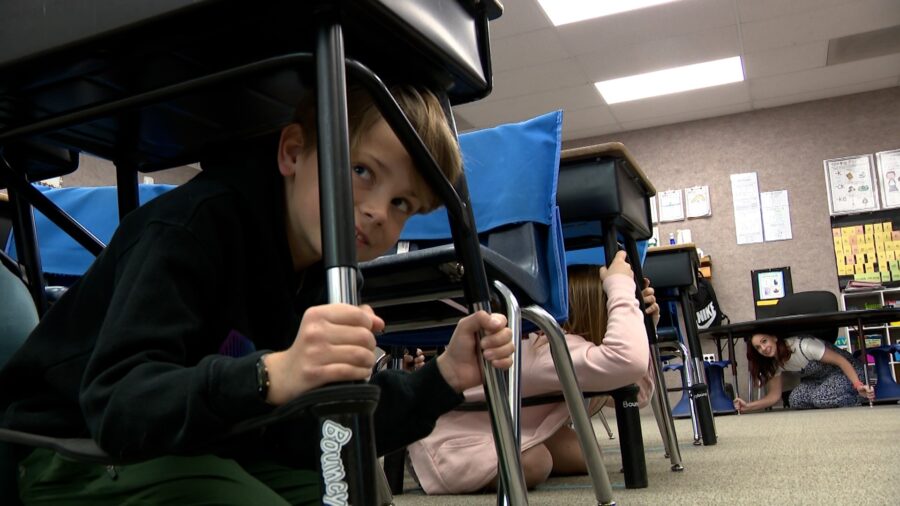Utah S.A.F.E. Program Kicks Off National Emergency Preparedness Month
Sep 1, 2020, 3:35 PM | Updated: 3:51 pm

Multiple buildings along the Wasatch Front sustained damage after an earthquake near Magna.
SALT LAKE CITY, Utah – If Utah learned any lessons from the Magna earthquake and aftershocks in March, it’s that we don’t know when a disaster will hit, but preparation is needed.
September is National Emergency Preparedness Month, and Salt Lake City’s Emergency Management kicked off the month Tuesday by explaining how Utah’s Schools Aid Families in Emergency (S.A.F.E.) Program is designed to respond quickly.
National Preparedness Month Week 1 September 1-5: Make A Plan: Talk to friends and family about how to communicate before, during, and after a disaster. Update your plan based on the Centers for Disease Control recommendations due to the coronavirus. https://t.co/NgU3srNnN5
— Be Ready Utah (@BeReadyUtah) September 1, 2020
S.A.F.E. provides training and information to help neighborhoods respond to and recover from a major disaster.
“Everything starts with personal and household preparedness,” said John Flynt, Community Preparedness Coordinator at Salt Lake City Emergency Management. “It’s key to make sure that you and your household is prepared to actually be able to do things to respond to help your neighbors as well.”
Flynt said elementary schools are the center of that relationship, primarily because there is at least one in every neighborhood.
To help, every elementary school in Salt Lake County has what is called a Just In Time Kit.
“What it has done is broken things down and provides step-by-step instructions, broken down into functional components of how to organize your neighborhood to start making those assessments and get that information on to us in emergency management,” Flynt said.
That information will help quickly organize and set up medical help centers, find shelter for displaced residents, and arrange household reunification.
“I can’t stress how much it’s important to actually build those relationships with the residents in the community and the school beforehand to create plans,” Flynt urged.
The other part of the S.A.F.E program is for every household to assemble a 96-hour emergency kit. Depending on the extent of damage from the disaster, it could take up to 96-hours for rescue workers to reach an area.
The kit should include food, water, medications, a tool kit and clothing that’s appropriate for the season.
There is more information on what to include in a 96-hour kit, as well as how to organize a family and neighborhood plan at www.bereadyslc.com.












